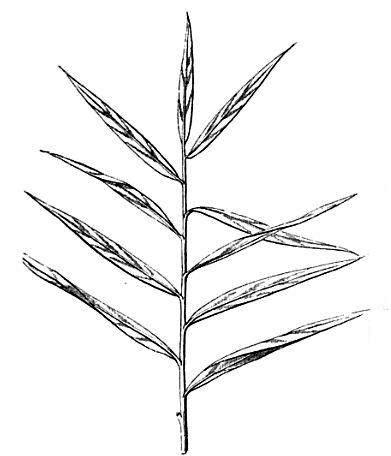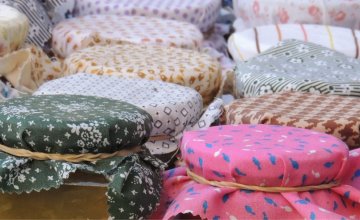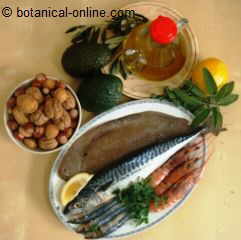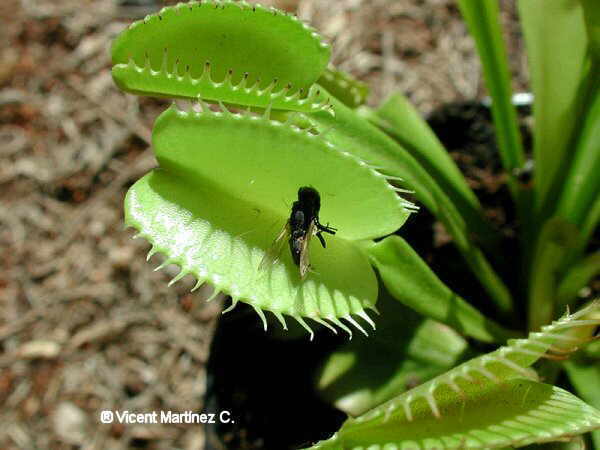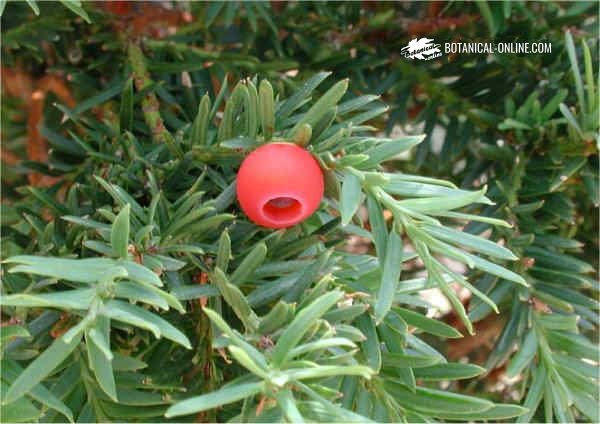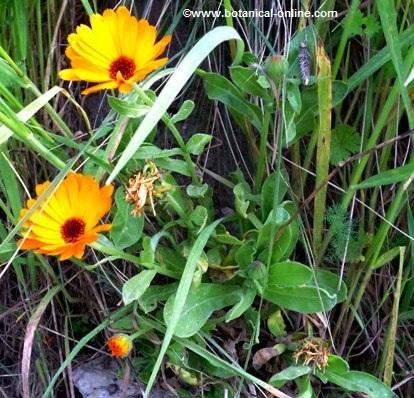Contents
Lavender cotton medicinal properties
Properties of Santolina chamaecyparissus
Common noun: Lavender cotton.
Scientific noun: Santolina chamaecyparissus L.
Family: Daisy family – compositae
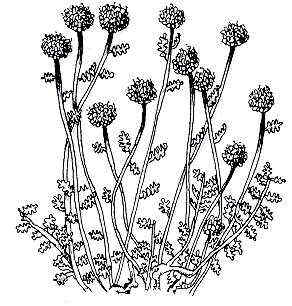
Habitat: Mainly in dry calcareous places, by the side of the paths and shrubs.
Characteristics of cotton lavender
Perennial shrub up to 50 cm. Ligneous, odorous stems. Leaves profoundly divided, with round lobes, sometimes cotton-like, sometimes glabrous. Yellow flowers in globular heads, with long peduncles, consisting only of tubular flowers, without ligules from 1 to 6 cm, very fragrant.
Picking-up and storing: The plant must be picked up in summer, when in full bloom. It must be stored in a dark place inside a clean air tight container.
Medicinal properties of lavender cotton
Internal use remedies with lavender cotton
- Digestive: Its properties are similar to the rest of chamomiles, favoring digestion in those cases when, flatulence, stomachache, gastritis, hiatal hernia, heartburn, etc. appear) (Infusion of 7 flower heads in a cup of boiling water. Two cups a day)
- Vermifuge: (To get rid of intestinal worms) (2 a 4 gr. of seed power mixed with honey. Also 20 drops of essence melt in a lump of sugar)
- Amenorrhea: For temporary lack of menstruation (Infusion of a teaspoon of flowers by water glass. 2 glasses per day)
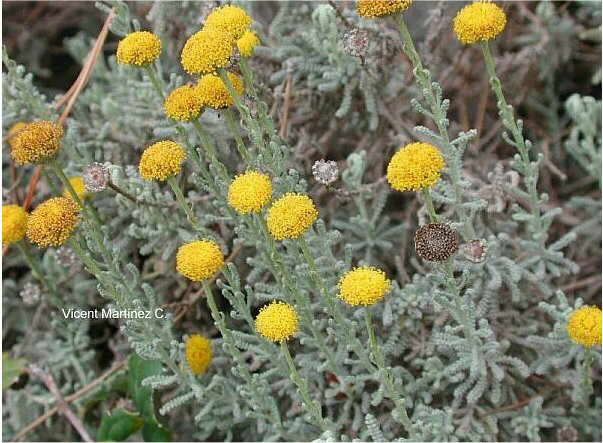
External use preparations with lavender cotton
- Hair loss or hair color: (To prevent baldness and make hair fairer) (Wash one’s hair with the decoction of 60 grams of flowers per liter.)
Toxicity of lavender cotton
It has been suspected that it might be toxic in cases of pregnancy and suckling, with possibility of abortion. In addition, under high concentrations, it might bring about vomiting of stomachache.
![]() More information about plants.
More information about plants.


